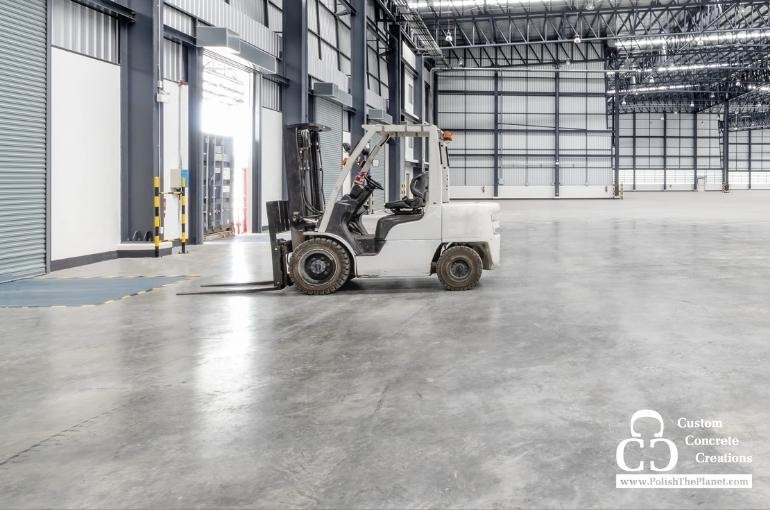
Although projects for concrete contractors slow down in the winter months, there is still work to be done. Concrete poured in the winter can actually be stronger than concrete poured when it’s hot out, if done correctly. Since the optimal temperature for pouring concrete ranges from 40 to 60 degrees, when the weather drops below 40 degrees it becomes more difficult to pour and set.
Knowing how the cold will affect the concrete will help you know how to avoid and work around potential problems. There are two main problems with concrete pouring in the cold: concrete can freeze before it gains strength and concrete sets more slowly when it’s cold. Protecting the concrete from the cold and changing the mix so it sets quicker helps. Here are some concrete and cold weather tips!
How to change the concrete mix to better set in the cold
Once the concrete reaches a strength of 500 psi, it’s generally going to set well after that because the cement will have consumed enough water in the mix that there’s not enough left to damage the concrete, even if it does freeze. Many problems can be avoided by mixing up the concrete a bit differently than you normally would.
Using hot water in the mix and preheating the concrete to 65 degrees before leaving the plant is a sure way to achieve this. Accelerators can be added to the concrete to help the delay in the set time; consider calcium chloride and non-chloride accelerators. Avoid using fly ash since it generates less internal heat. Also, consider using Portland cement Type III as it helps setting and doesn’t reduce the quality of the concrete.
How to prevent the concrete from freezing too soon
It’s best to avoid pouring concrete when temperatures drop below 20 degrees. You don’t want your concrete contractors to be set up for failure. Plan for your crews to be on-site longer when it’s colder. Practices such as pouring the concrete over a few consecutive days of no colder than 40 degrees, using post-pore weather protection and maintaining the temperature during extended set times will help.
Windbreaks about 6 feet high are sufficient enough to protect the concrete until it’s strong enough on its own. A heated enclosure with electric heaters and made of wood, canvas tarps, polyethylene sheets or commercial rigid plastic can be used to protect the concrete as well. The goal is to make sure the concrete can withstand the cold until it’s hard enough to not freeze.
Keep being the best concrete contractors you can be
Along with making sure the concrete can handle the cold, it’s important for your workers to take precautions to keep themselves warm as well. Since they’re going to be on the job site for longer, make sure they have the necessary clothing to be out in the cold for an extended period of time. Avoid pouring when it’s too cold, add additives to the concrete mixture, create heat enclosures when needed and you should be set up for success. Contact us today to get started on your winter projects!
